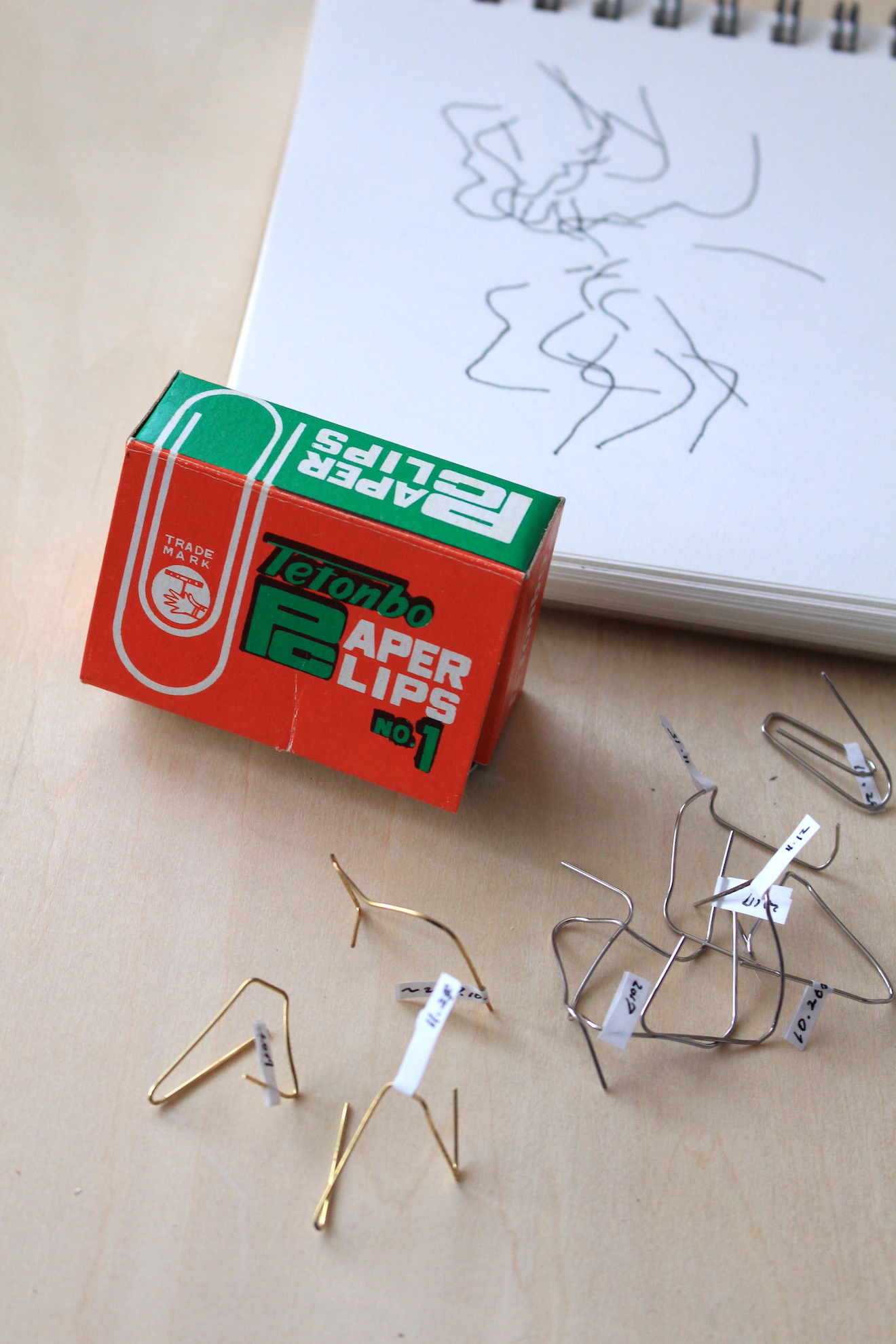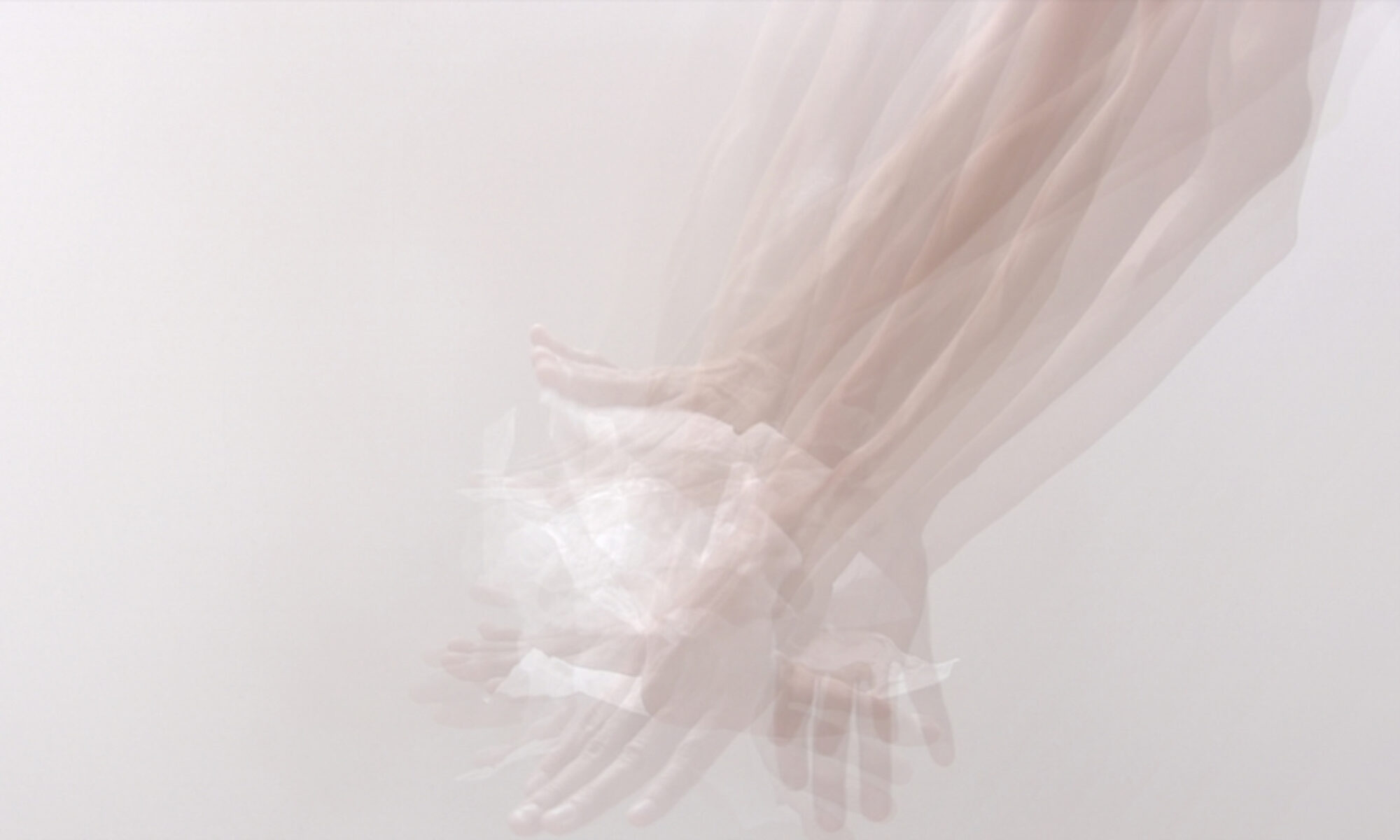
Kyoto University of Art & Design’s web-magazine, Anemometori
Hiromi Miyakita “Paperclips” External Link
read more for the english translation.
Paperclips
I am a dancer, so I would have to say that my body is my prop.
They say that dancers who work their bodies too hard end up having short careers. However, that is only true if you believe that the finest qualities of a body are its youth, its ability to jump, and its flexibility. But I have always been drawn to the signs and sense of beauty that can be engendered by an aged body, and I used to look forward to getting old myself. Just like everyone else, every year I get one year older. My ankles, my lower back, my shoulders, my neck – one after another they become painful and I stand appalled at my distance from the beauty I had imagined in my mind.
We can talk about dance from many perspectives: dance as physical exercise, dance as language, dance as social creation, and so on. Dance simply means that there is a dancer and when they move, dance is created. But my wild imagination worries away at that definition constantly. When I consider the existence of the dancer, I start to wonder to myself whether my body could take on an existence like that of a glass cup? Or when I inspect a dancer’s movements, my interest is piqued by the question of how we can preserve their physical traces. That seemingly simple definition has an infinite number of possible permutations.
I first showed my drawings in 2012. I had started to engage with different materials: paper, pencils, paint, thread. When I discovered a material that left a pleasurable tingle in my fingers, my skin, and my forearms, a picture would naturally take form. It felt the same as when I would improvise a dance: the way that the sound, the direction of the light, and the size of the space would inspire me. The way that the speed of my movements would become the speed at which the piece was being created. Through pictures and video, I had found a way to transform dance into more solid and lasting forms, and I wanted to pursue it further. Since then I have continued to create different work, including installations.
My current obsession is paperclips. I make my paperclips dance for me, like a choreographer engaging with dancers. It began when I was invited to perform at the Tottori Summer Solstice Festival in June 2017. Dozens of hugely experienced dancers and musicians had gathered from all over the country to stage performances along the banks of the Fukuro River in the city. I mingled with the audience in their seats, drawing in my sketchbook as a form of performance. But no one realised that I was performing so I was able to leisurely enjoy the percolating energies of the outdoor performances and as I did so, fascinating lines arced across the page from my pencil.
Near my house there is a stationery shop. I went to buy paperclips, but unfortunately they were out of my favourite V-shaped clips so they showed me three others instead. The old lady behind the counter recommended the latest type, designed not to damage the paper. Apologetically I explained that I wanted a simpler, slightly rusty type, and I ended up buying on sight an old-fashioned paper box full of Mitsuya Tetonbo brand paperclips. As my stock of paperclips grows, my desire and my imagination catch fire and I find myself wanting stainless steel clips or dreaming of creating a single huge clip.
A paperclip is a single piece of wire that has been bent into a doubled ellipse. It has four straight segments and three moveable segments, like the bones and joints of a human body. By bending or opening up a clip, it is easily transformed into other shapes. In just a few moments you can create a three-dimensional piece of art. If you find a balanced position, you can create a stable form. You can make them stand upside down, or it is equally easy to make them face the opposite way to normal. Likening paperclips to dancers is a little game I play with visual art, but ultimately they will be transformed into drawings or video. Paperclips are normally just supporting actors, something you look for when you want to clip documents together. Yet I feel that my choice to transform these unappreciated clips into leading actors was the right one.
Originally published in Kyoto University of Art & Design’s web-magazine, Anemometori. (Feburary 2018)
Translated by Alan Cummings
